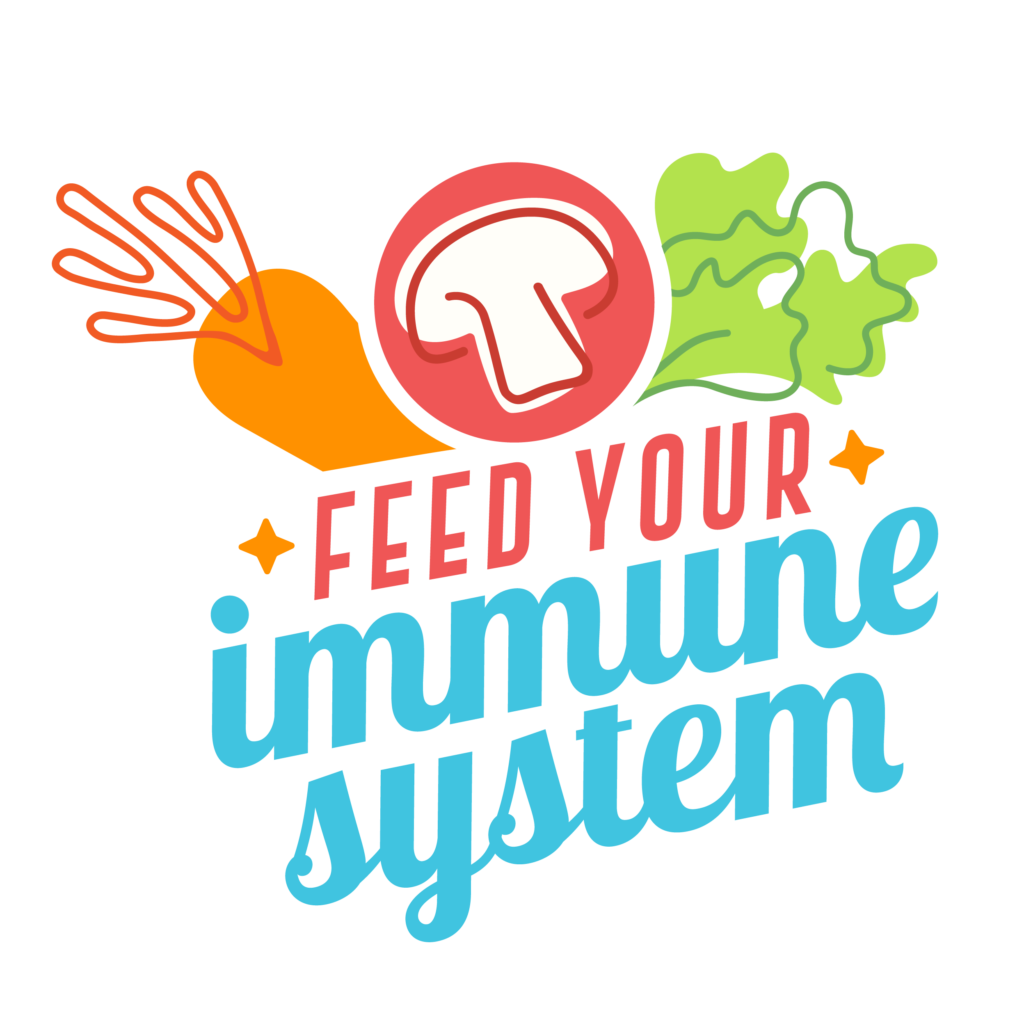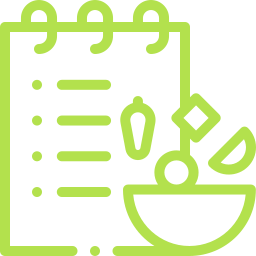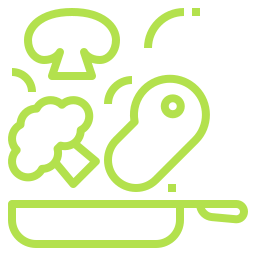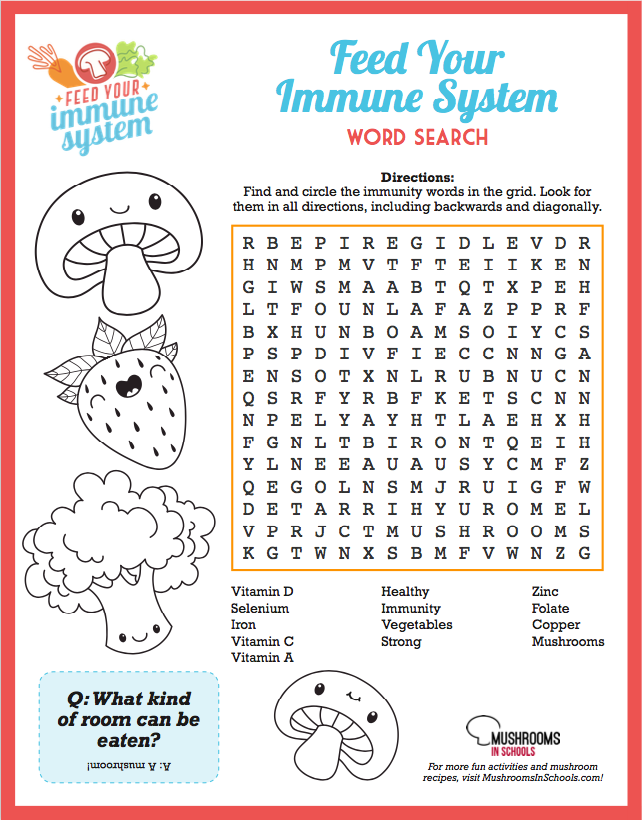Feed Your Immune System

Feed Your Immune System
Nutrition plays an important role in immune system function. Build a balanced menu to support strong immune function for your students.
The immune system is a complicated network of cells, tissues, and organs in your body that protect against infection and disease. The role of nutrition is important. While there is not one easy fix to build a strong immune system, eating nourishing food is certainly a key component.
Key Nutrients For Supporting Your Immune System
Vitamins and minerals are micronutrients in the foods we eat, and they play an important role in overall health and immunity [1]. When you get the recommended daily allowances of these nutrients [2], you are taking an important step to support your immune system. Click on each micronutrient below to find out how each one nourishes your body and the foods you can eat that contain them.
- Vitamin D
- Vitamin D
Helps build and maintain strong bones by helping the body absorb calcium. Found in UV-light exposed mushrooms, trout, salmon, fortified milk and eggs (6%). RDA: 20 mcg DV. [3]
- Vitamin D
- Vitamin C
- Vitamin C
Acts as an antioxidant to help protect cells from damage, absorb iron from plant-based foods and support proper immune function. Found in citrus fruits, tomatoes, sweet peppers, broccoli and strawberries. RDA: 90 mg DV. [4]
- Vitamin C
- Vitamin A
- Vitamin A
Helps the heart, lungs, kidneys and other organs work properly. Found in sweet potatoes, spinach, carrots and cheese. RDA: 900 mcg DV. [5]
- Vitamin A
- Vitamin B6
- Vitamin B6
Plays an important role in immune function and is needed for more than 100 enzyme reactions involved in metabolism. Found in shiitake mushrooms, chicken, tuna, chickpeas, bananas and squash. RDA: 1.7 mg DV. [6]
- Vitamin B6
- Vitamin B12
- Vitamin B12
Helps keep the body’s nerve and blood cells healthy and helps make DNA, the genetic material in all cells. Found in salmon, tuna, beef, chicken, eggs and milk. RDA: 2.4 mcg DV. [7]
- Vitamin B12
- Vitamin E
- Vitamin E
Fights off invading bacteria and viruses while also helping widen blood vessels to prevent blood clots. Found in almonds, hazelnuts, sunflower seeds and peanut butter. RDA: 15 mg DV. [8]
- Vitamin E
- Selenium
- Selenium
Protects the body from infection and damage caused by free radicals. Found in crimini and portabella mushrooms, Brazil nuts, halibut, ham, beef and turkey. RDA: 55 mcg DV. [9]
- Selenium
- Iron
- Iron
Helps make hemoglobin, a protein in red blood cells that carries oxygen throughout the body, and myoglobin, which provides oxygen to muscles. Found in oysters, lentils, potatoes, fortified breakfast cereals and dark chocolate. RDA: 18 mg DV. [10]
- Iron
- Zinc
- Zinc
Helps the immune system fight off invading bacteria and viruses. Found in mushrooms, lobster, beef, pork, and Swiss cheese. RDA: 11 mg DV. [11]
- Zinc
- Folate
- Folate
Needed by the body to make DNA and other genetic material. Found in spinach, asparagus, avocado, broccoli and peas. RDA: 400 mcg DFE. [12]
- Folate
- Copper
- Copper
Used by the body to make energy, connective tissues and blood vessels, and to help maintain the nervous and immune systems. Found in shiitake mushrooms, potatoes, cashews, turkey and dark chocolate. RDA: 0.9 mg DV. [13]
- Copper
Resources to support #RealSchoolFood
It’s easy to support healthy immune systems for your students when you offer menus full of nutrient-dense foods like mushrooms, fruits and vegetables, and whole grains! Our many resources are here to help!

Tried and true recipes from schools like yours.

Read on for the many health benefits of mushrooms and how to include them in school meals.

Trainings to maximize flavor in your school meals with mushrooms.
Free Printable
Featuring immunity-focused nutrition education, this free printable is perfect to share in your to-go meals for students, teachers, & parents.

References
[1] https://lpi.oregonstate.edu/mic/health-disease/immunity. [1] Written in March 2016 by: Giana Angelo, Ph.D. Linus Pauling Institute, Oregon State University. Reviewed in February 2017 by: Catherine Field, Ph.D. Professor of Nutrition, Department of Agricultural, Food and Nutritional Science, University of Alberta. This link leads to a website provided by the Linus Pauling Institute at Oregon State University. The Mushroom Council® is not affiliated or endorsed by the Linus Pauling Institute or Oregon State University. Accessed November 19, 2020.
[2] https://www.fda.gov/media/99069/download, Accessed November 20, 2020
[3] https://ods.od.nih.gov/factsheets/VitaminD-Consumer/, Accessed November 20, 2020
[4] https://ods.od.nih.gov/factsheets/VitaminC-Consumer/, Accessed November 22, 2020
[5] https://ods.od.nih.gov/factsheets/VitaminA-Consumer/, Accessed November 22, 2020
[6] https://ods.od.nih.gov/factsheets/VitaminB6-Consumer/, Accessed November 22, 2020
[7] https://ods.od.nih.gov/factsheets/VitaminB12-Consumer/, Accessed November 22, 2020
[8] https://ods.od.nih.gov/factsheets/VitaminE-Consumer/, Accessed November 22, 2020
[9] https://ods.od.nih.gov/factsheets/Selenium-Consumer/, Accessed November 22, 2020
[10] https://ods.od.nih.gov/factsheets/Iron-Consumer/, Accessed November 22, 2020
[11] https://ods.od.nih.gov/factsheets/Zinc-Consumer/, Accessed November 22, 2020
[12] https://ods.od.nih.gov/factsheets/Folate-Consumer/, Accessed November 22, 2020
[13] https://ods.od.nih.gov/factsheets/Copper-Consumer/, Accessed November 22, 2020

